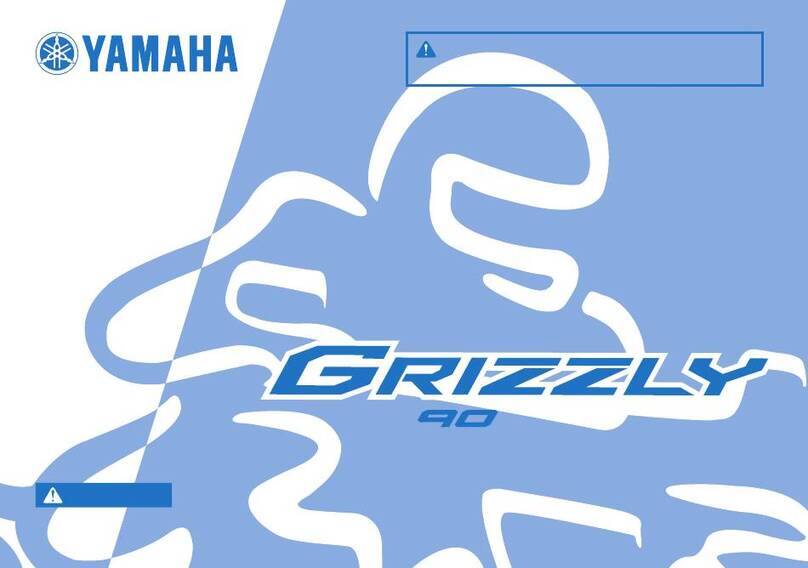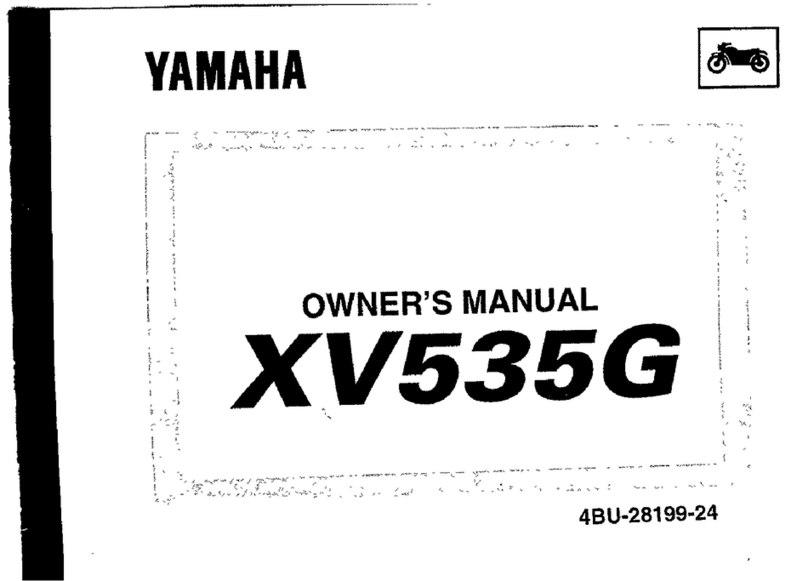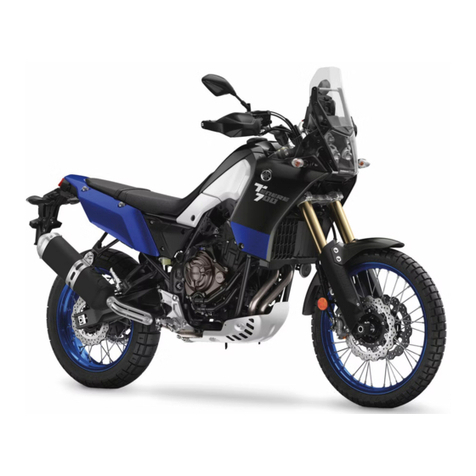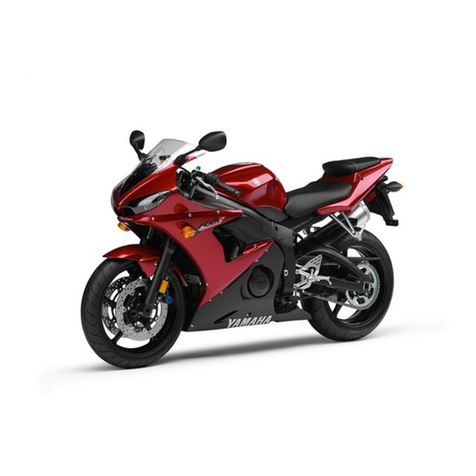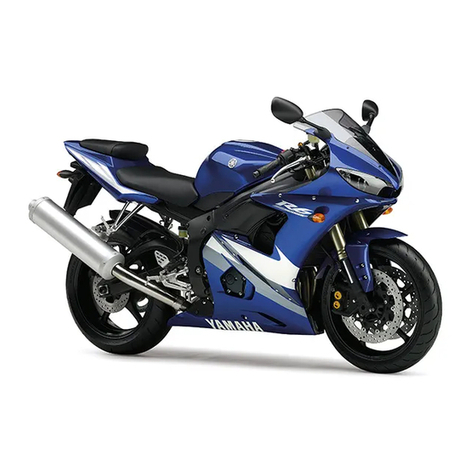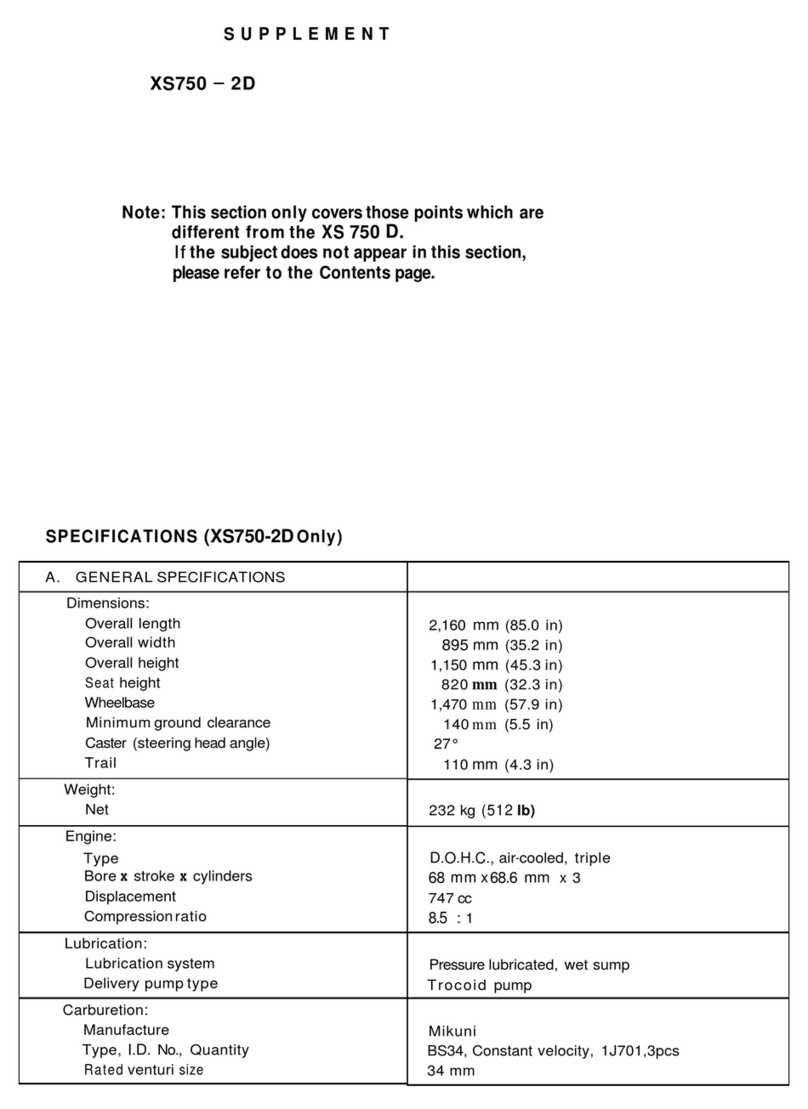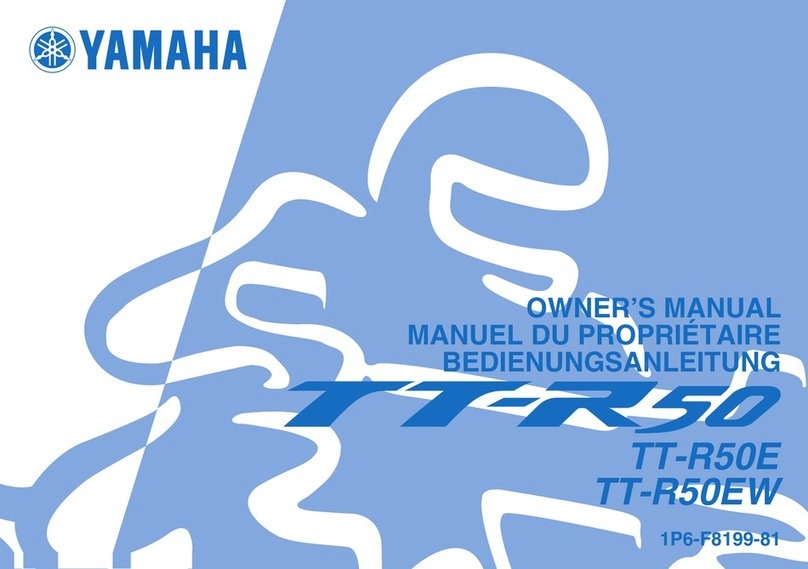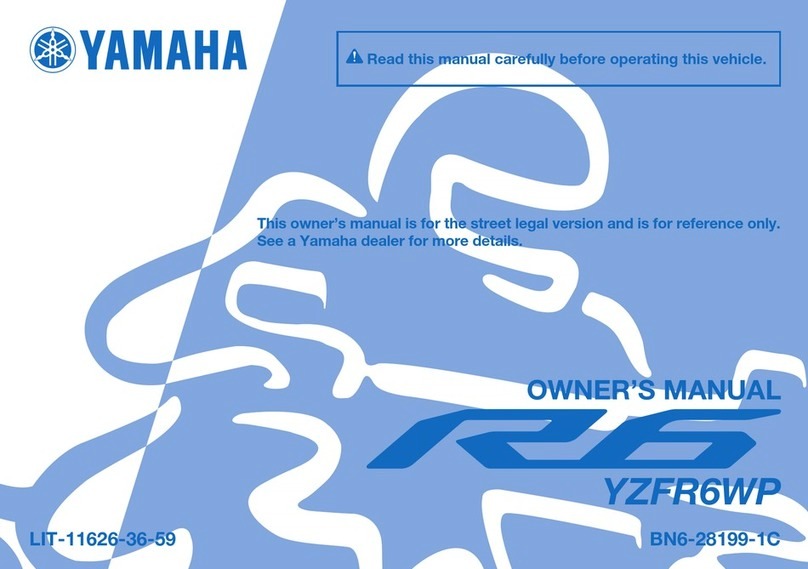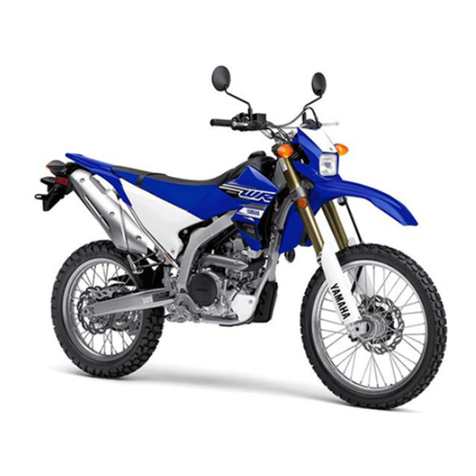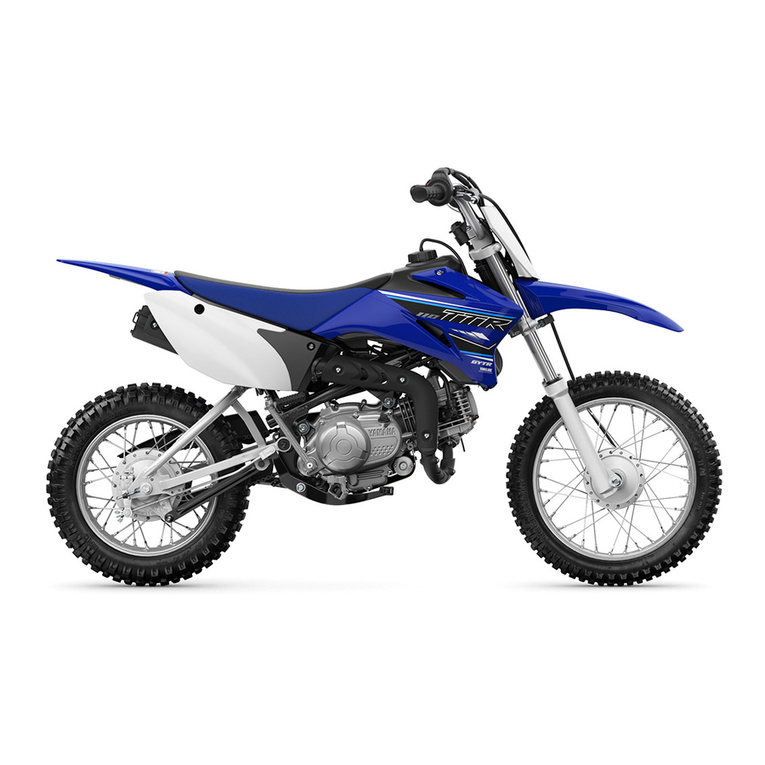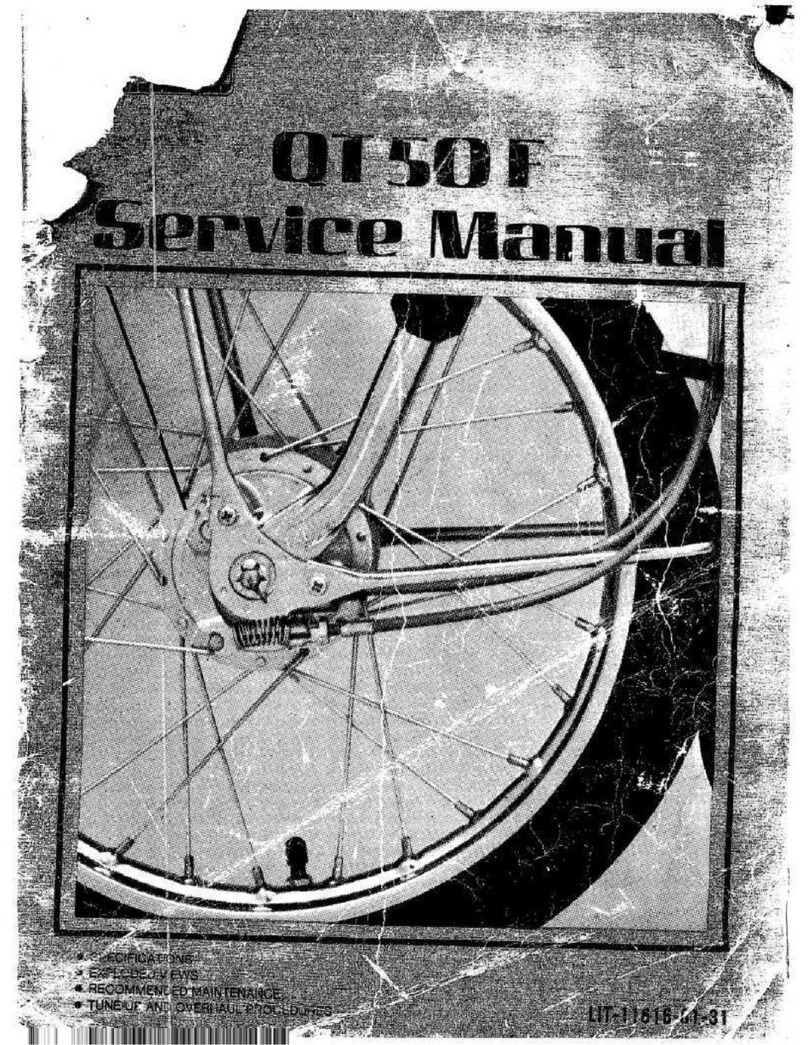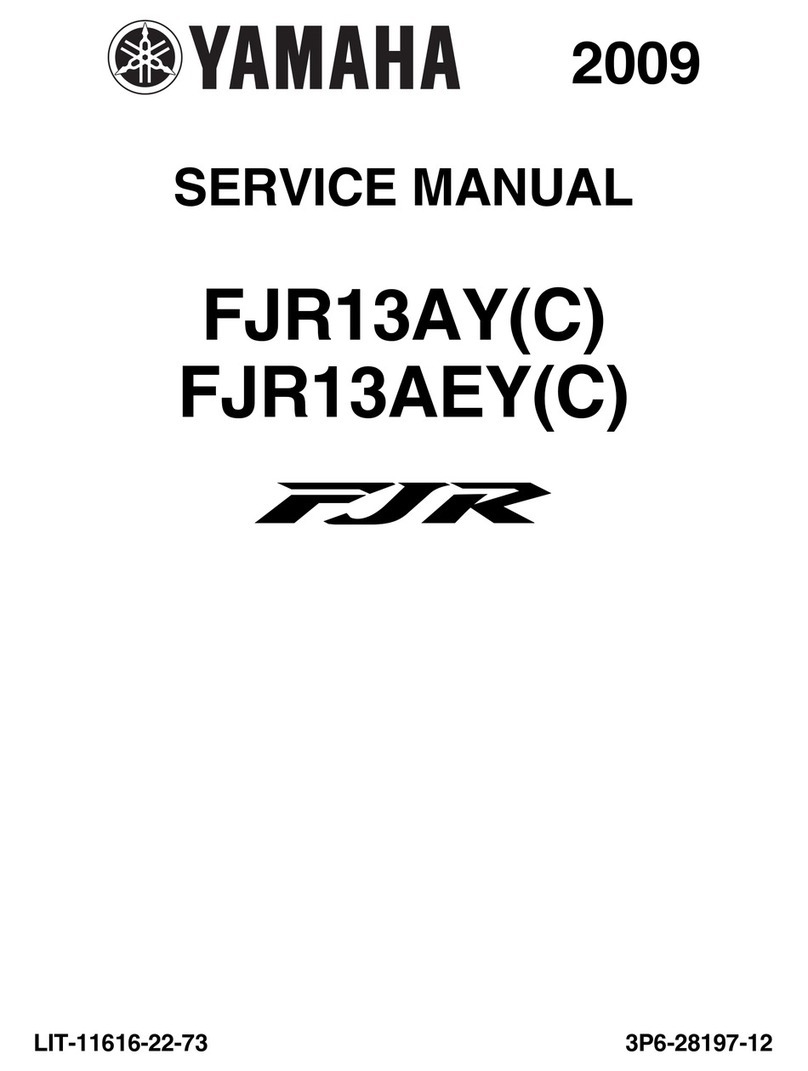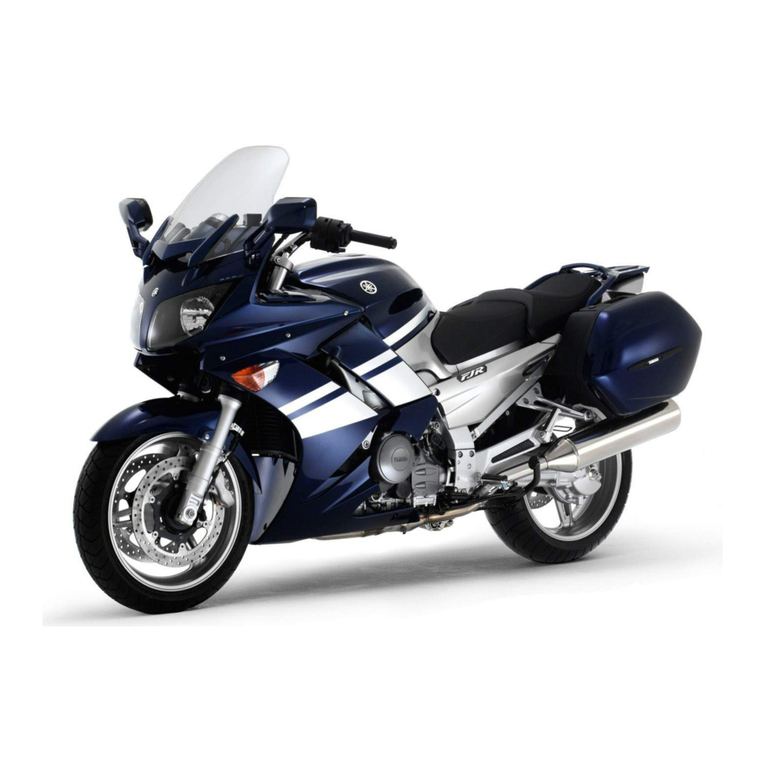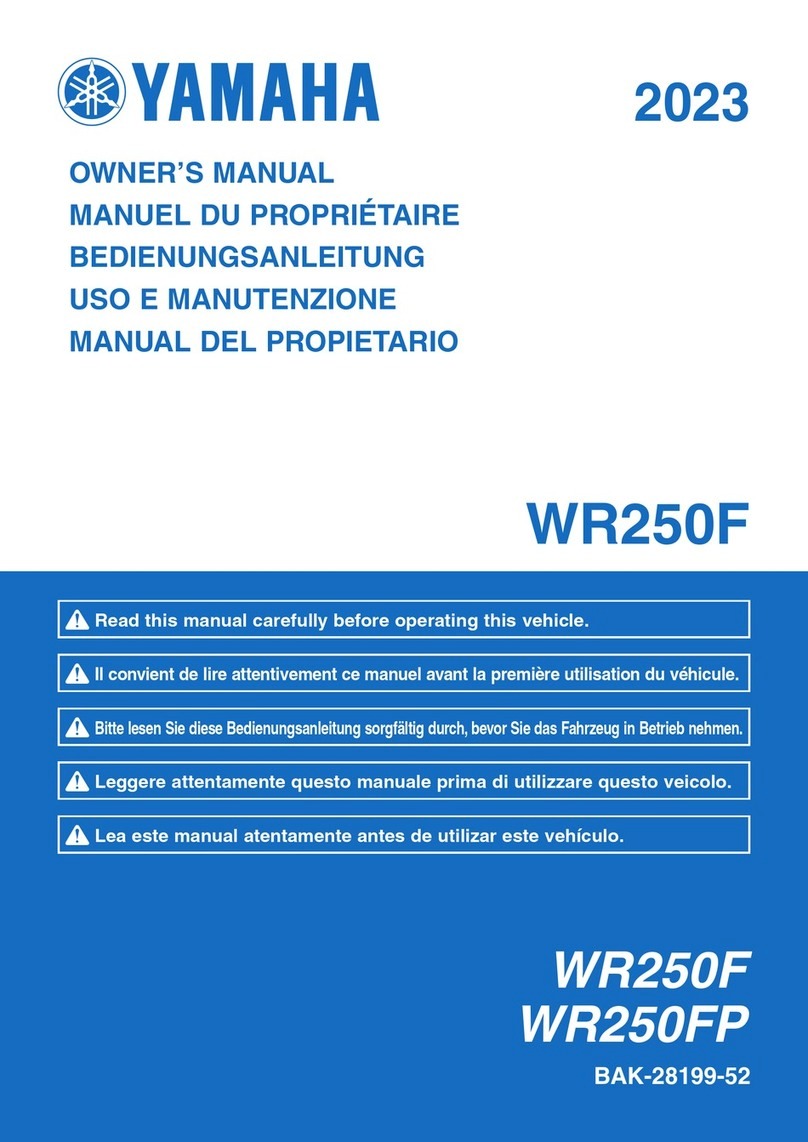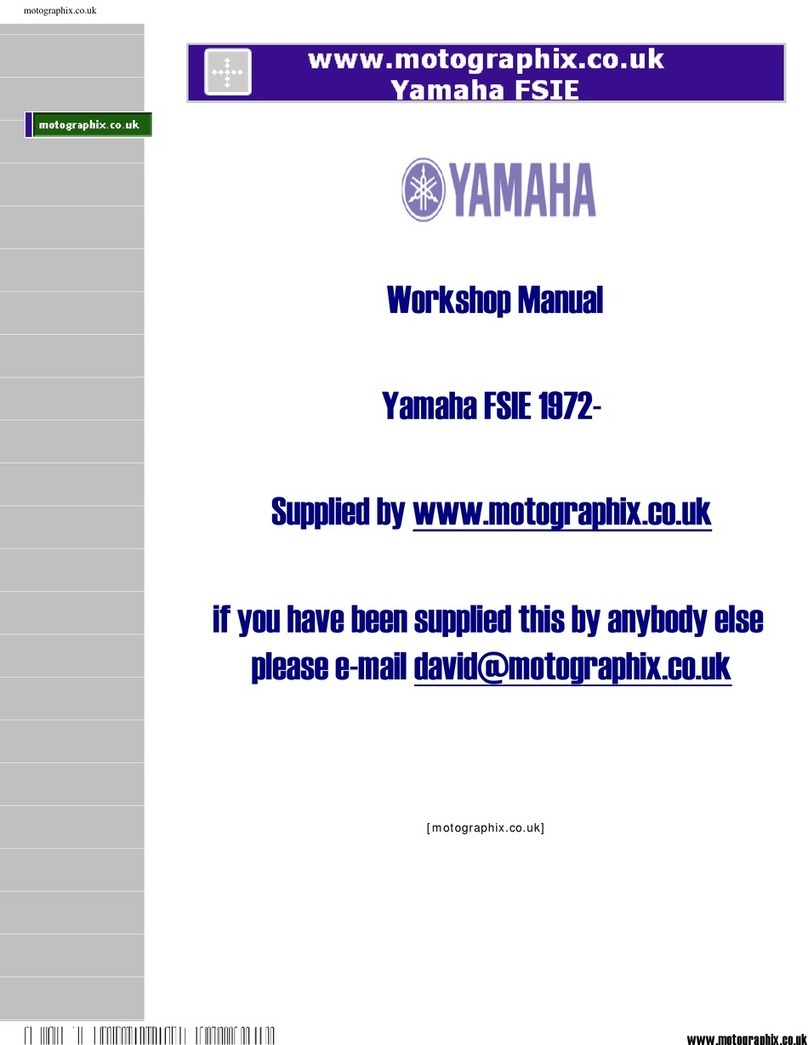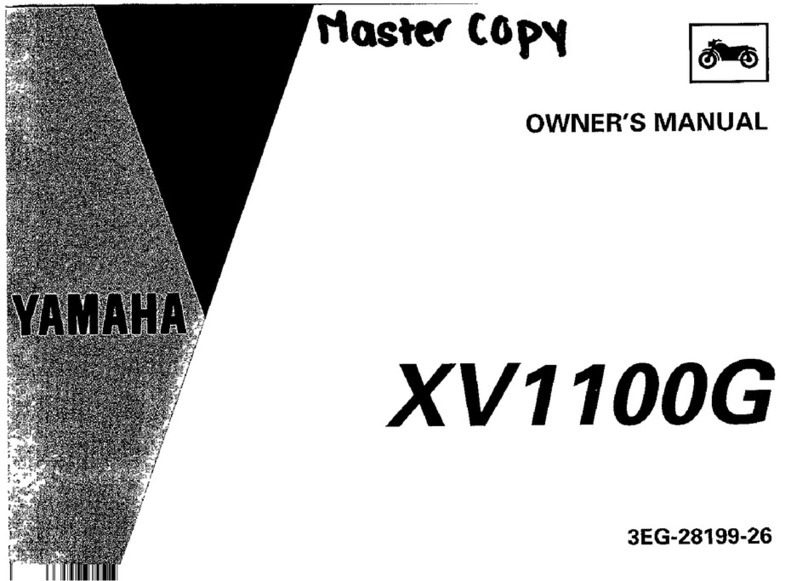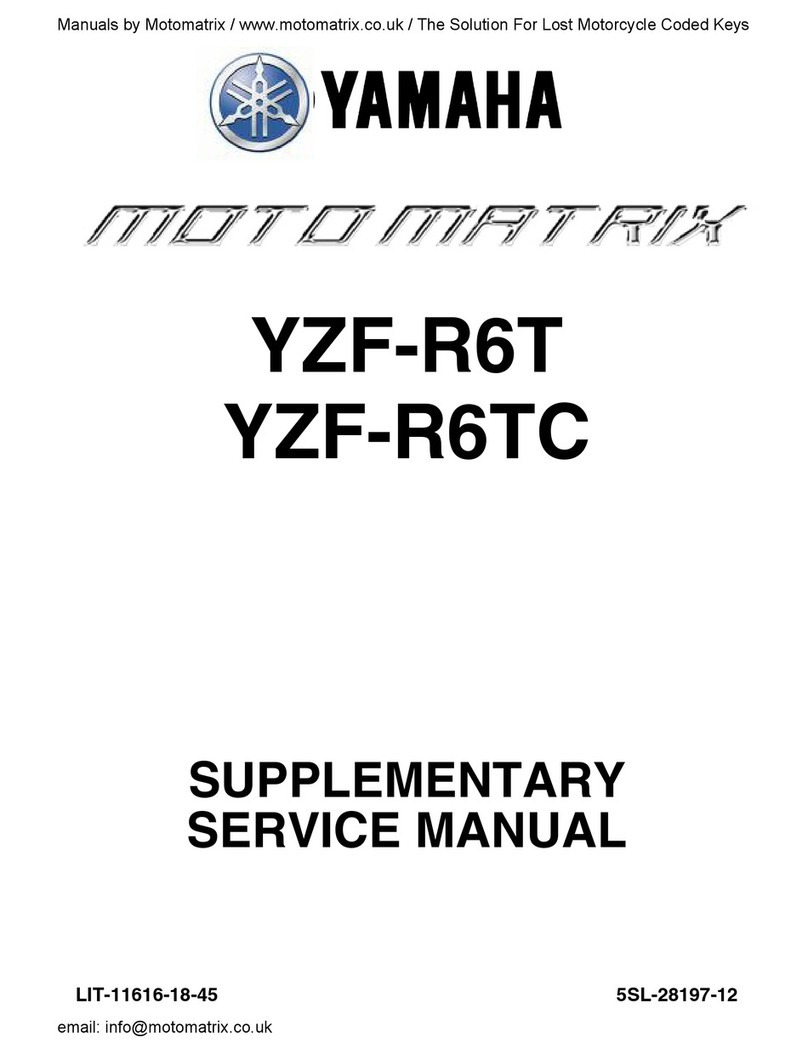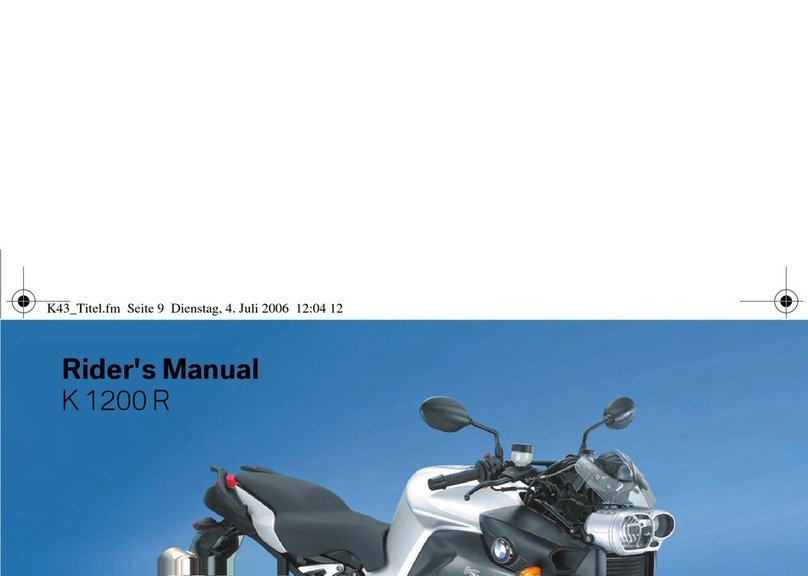
Table of contents
Location of important labels........... 1-1
Safety information ........................... 2-1
Description ....................................... 3-1
Left view ......................................... 3-1
Right view ....................................... 3-2
Controls and instruments................ 3-3
Special features ............................... 4-1
D-mode (drive mode)...................... 4-1
Traction control system .................. 4-1
Quick shift system .......................... 4-3
Instrument and control functions... 5-1
Main switch/steering lock................ 5-1
Handlebar switches ........................ 5-2
Indicator lights and warning
lights............................................ 5-4
Multi-function meter unit ................. 5-6
Clutch lever................................... 5-12
Shift pedal..................................... 5-12
Brake lever ................................... 5-12
Brake pedal .................................. 5-13
ABS .............................................. 5-13
Fuel tank cap ................................ 5-14
Fuel............................................... 5-15
Fuel tank breather hose and
overflow hose ............................ 5-16
Catalytic converter........................ 5-16
Seat .............................................. 5-17
Storage compartment................... 5-18
Adjusting the front fork ................. 5-18
Adjusting the shock absorber
assembly................................... 5-20
Luggage strap holders ................. 5-22
Auxiliary DC connectors............... 5-22
Sidestand ..................................... 5-23
Ignition circuit cut-off system........ 5-23
For your safety – pre-operation
checks .............................................. 6-1
Operation and important riding
points................................................ 7-1
Starting the engine ......................... 7-1
Shifting ........................................... 7-2
Engine break-in .............................. 7-4
Parking ........................................... 7-4
Periodic maintenance and
adjustment ....................................... 8-1
Tool kit............................................ 8-2
Periodic maintenance chart for the
emission control system ............. 8-3
General maintenance and
lubrication chart .......................... 8-5
Removing and installing the
panel ........................................... 8-9
Checking the spark plugs............. 8-10
Canister (for California) ................ 8-11
Engine oil ..................................... 8-11
Why Yamalube ............................ 8-14
Coolant ........................................ 8-14
Air filter element........................... 8-16
Checking the engine idling
speed........................................ 8-16
Checking the throttle grip free
play........................................... 8-16
Valve clearance ........................... 8-17
Tires............................................. 8-17
Cast wheels ................................. 8-19
Adjusting the clutch lever free
play........................................... 8-20
Checking the brake lever free
play........................................... 8-20
Brake light switches ..................... 8-21
Checking the front and rear
brake pads................................ 8-21
Checking the brake fluid level...... 8-22
Changing the brake fluid.............. 8-23
Drive chain slack.......................... 8-24
Cleaning and lubricating the
drive chain ................................ 8-25
Checking and lubricating the
cables ....................................... 8-26
Checking and lubricating the
throttle grip and cable............... 8-26
Checking and lubricating the
brake and shift pedals .............. 8-27
Checking and lubricating the
brake and clutch levers ............ 8-27
BS2-9-13.book 1 ページ 2019年7月25日 木曜日 午前11時1分
